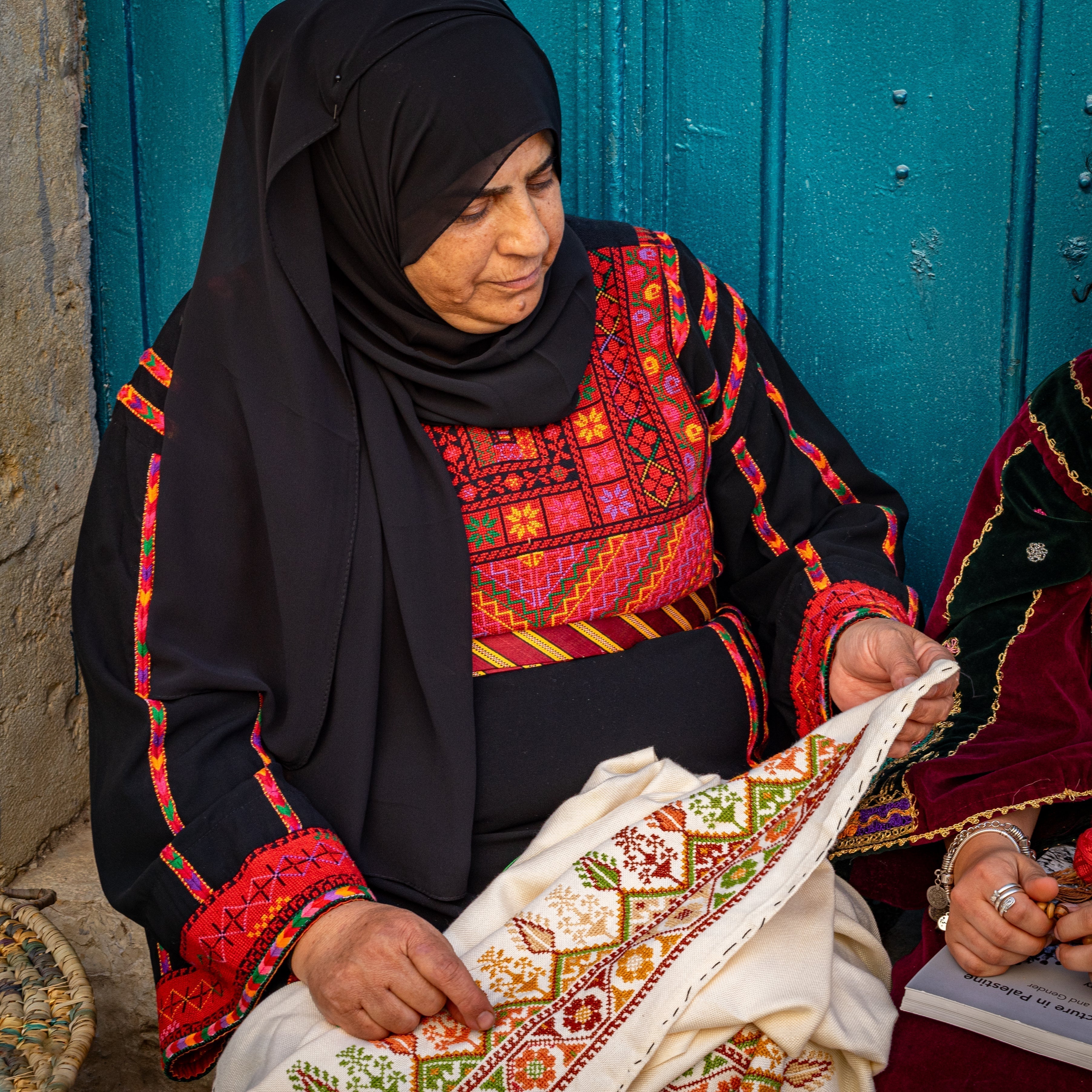
More Than Clothing: The Story Behind Palestinian Traditional Costumes
Palestinian traditional dress isn’t just about fabric or fashion—it’s a living expression of identity, heritage, and resistance. From the embroidered thobe worn by women to the dignified kombaz of Palestinian men, each garment tells the story of a people deeply connected to their land.
What Makes Palestinian Costumes Unique?
- Regional Identity: Each village and region developed its own embroidery styles, colors, and cuts. You could often tell where someone was from just by the details of their dress.
- Symbolism in the Stitches: Embroidery (tatreez) is more than decoration—it often carries meaning. Patterns can symbolize fertility, strength, or protection.
- Handcrafted Tradition: Every piece was made by hand. Women embroidered dresses for special occasions, while men’s garments were sewn from breathable, durable fabrics suited to the local climate.
- Dress as Resistance: Since the Nakba in 1948, the act of wearing and creating traditional clothing has become a powerful statement of cultural pride and defiance.

The Thobe: Women’s Traditional Dress
The thobe al-falastini is perhaps the most iconic piece of Palestinian dress—a long, embroidered gown that varies by region.
- Ramallah, Bethlehem, Gaza, Hebron, the Galilee—each region has its own motifs and color palettes.
- Bethlehem thobes are known for their rich couching stitch and shimmering metallic threads, often worn by brides.
- Galilee thobes feature geometric cross-stitch patterns and bolder color contrasts.
At Handmade Palestine, we partner with women’s cooperatives to keep this ancestral art alive—each piece we offer is stitched by hand, rooted in place, and made with care.

At Handmade Palestine, we work with women’s cooperatives to preserve and share this ancient art form through beautiful, ethically-made pieces.
The Kombaz: Traditional Menswear
The kombaz (also spelled qumbaz or kumbaz) is a long tunic once commonly worn across historic Palestine.
Key features:
- Style: Ankle-length, often with side slits for ease of movement.
- Material: Cotton, wool, or silk blends—chosen based on season and social status.
- Design: Usually striped or plain, with hand-embroidered accents on the collar or sleeves.
- Use: Worn on market days, at celebrations, or in daily rural life—often layered with a loose shirt and trousers.
The kombaz stood for simplicity and dignity. Though less worn today, it remains a cultural symbol—seen at festivals, in folk performances, and reenactments.
Dressing the Next Generation
Children, too, were traditionally dressed in mini versions of adult clothing, often with hand-stitched or embroidered details. Today, dressing children in Palestinian-style garments is a beautiful way to nurture pride, memory, and connection from an early age.
Why Traditional Dress Still Matters
- Cultural Resilience: In the face of ongoing occupation and displacement, wearing traditional Palestinian dress is a quiet, proud act of resistance.
- Support for Artisans: Every handmade garment supports women’s cooperatives and sustains intergenerational knowledge.
- Sustainable by Nature: No factory lines. No mass production. Just ethical sourcing and slow, intentional fashion.
Every Stitch Holds a Story
At Handmade Palestine, our hand-embroidered garments and gifts are made by artisans who carry this heritage in their hands. When you wear or gift one of these pieces, you’re not just supporting local craftsmanship—you’re helping keep a story alive. Explore our curated collection of hand-embroidered textiles and artisan-made gifts at Handmade Palestine.
Wearing Our Roots
Palestinian dress is more than aesthetic. It’s a wearable archive—of identity, of memory, of place. Whether you wear the regal thobe or the humble kombaz, you’re carrying with you the unbroken thread of a people who remain rooted and resilient.
Let’s wear our roots—and pass them on.
Sources:
- Shelagh Weir, Palestinian Costume (British Museum Press)
- Widad Kawar, Threads of Identity: Preserving Palestinian Costume and Heritage
- Palestinian Heritage Center (www.palestinianheritagecenter.com


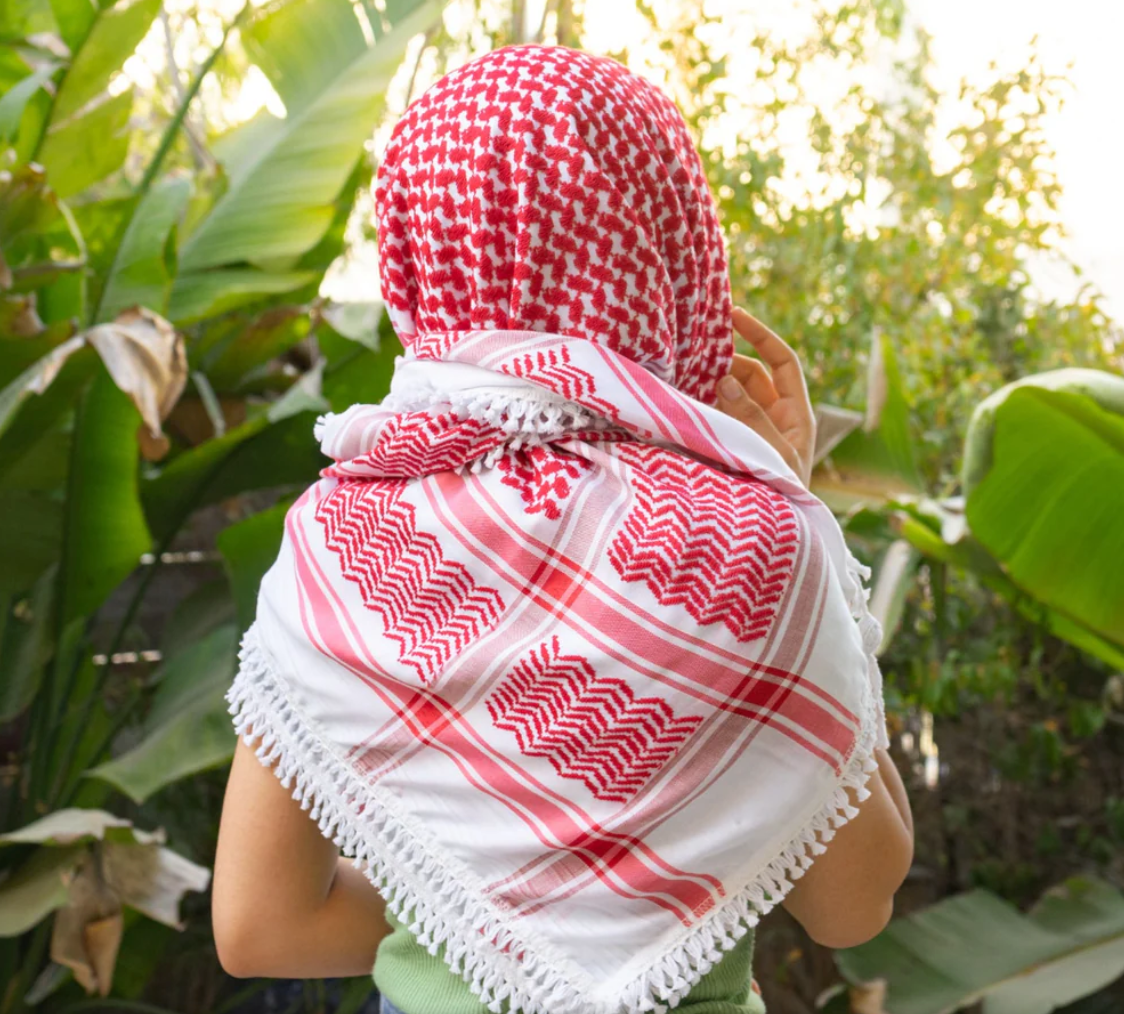
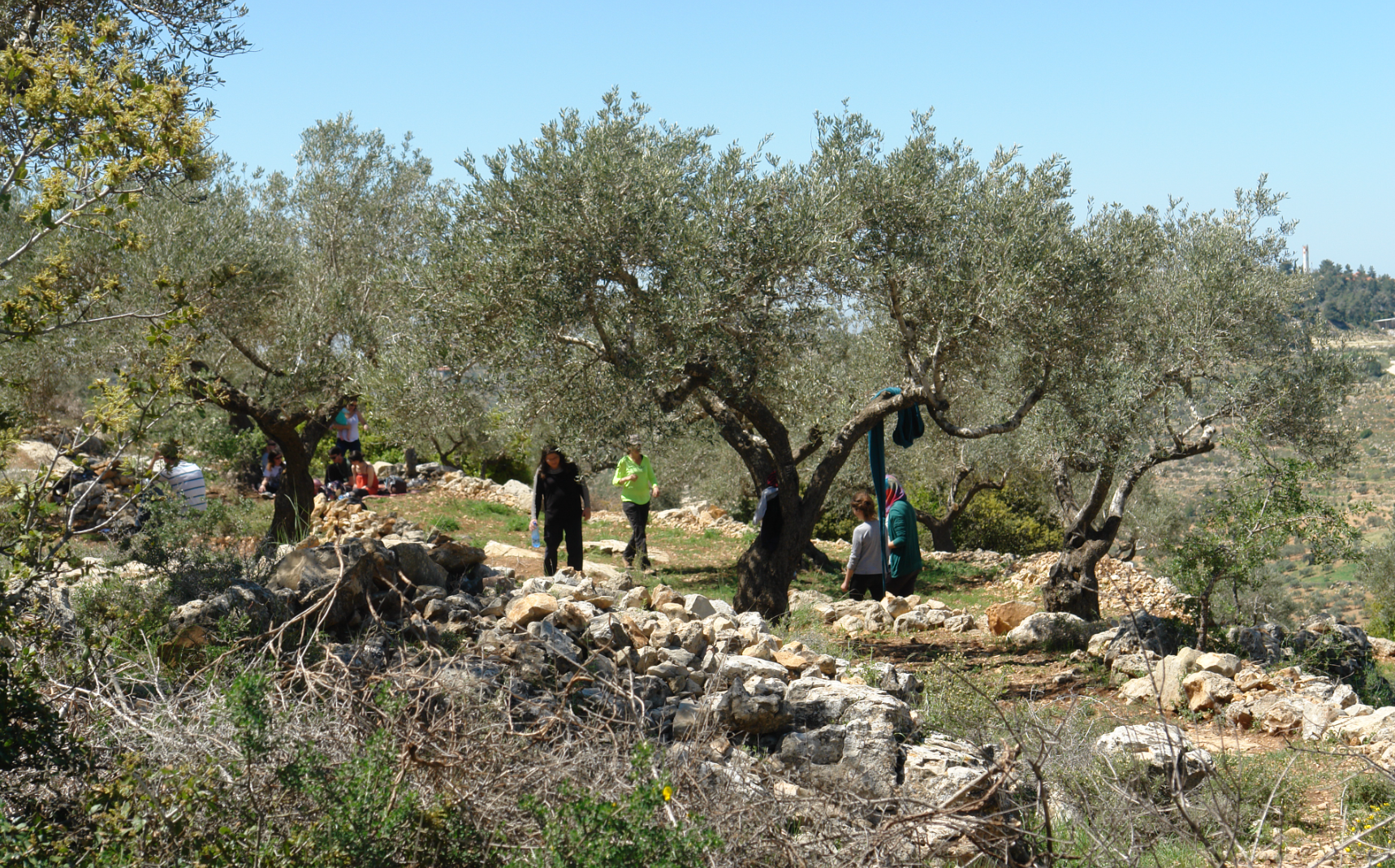
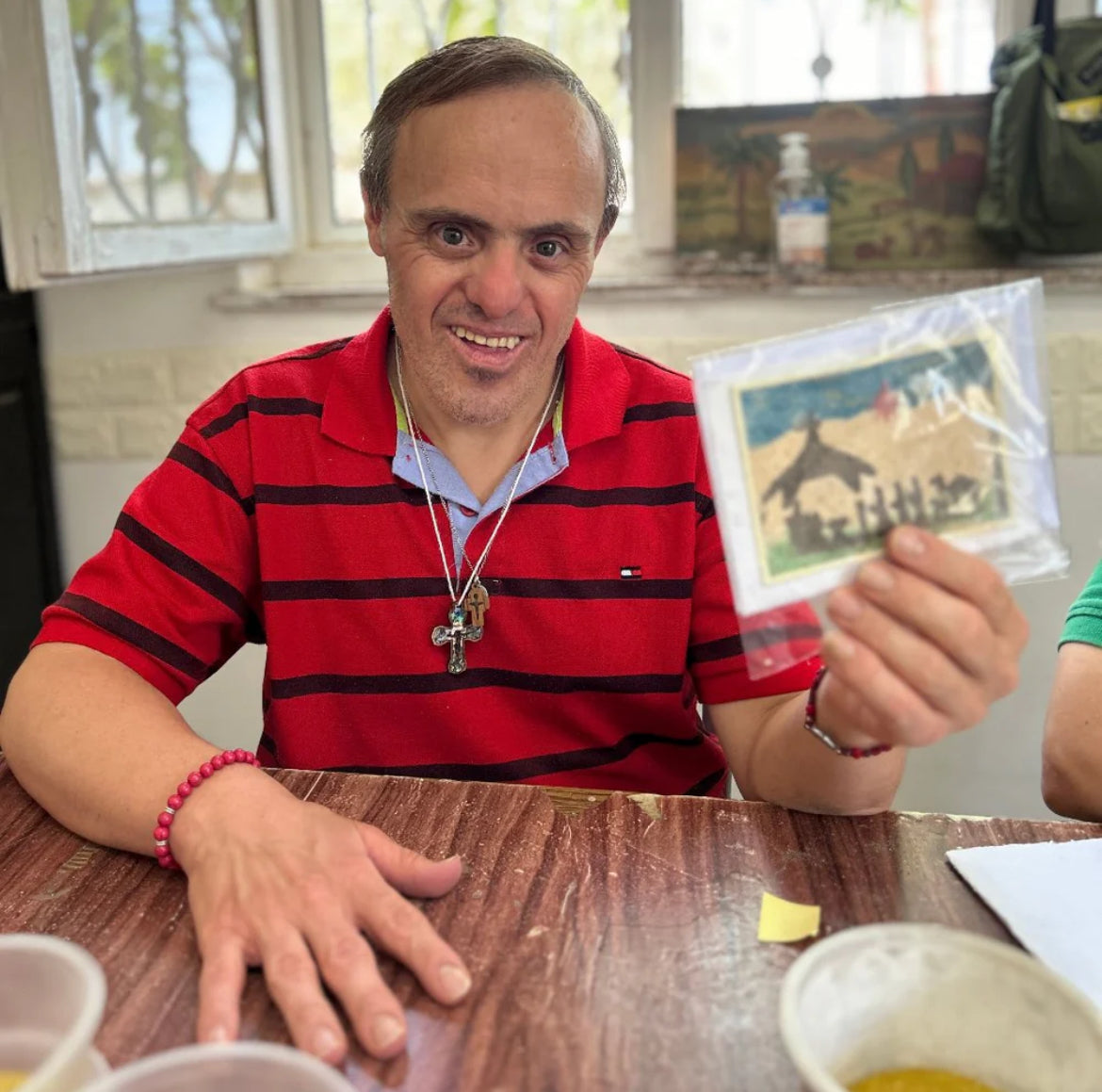
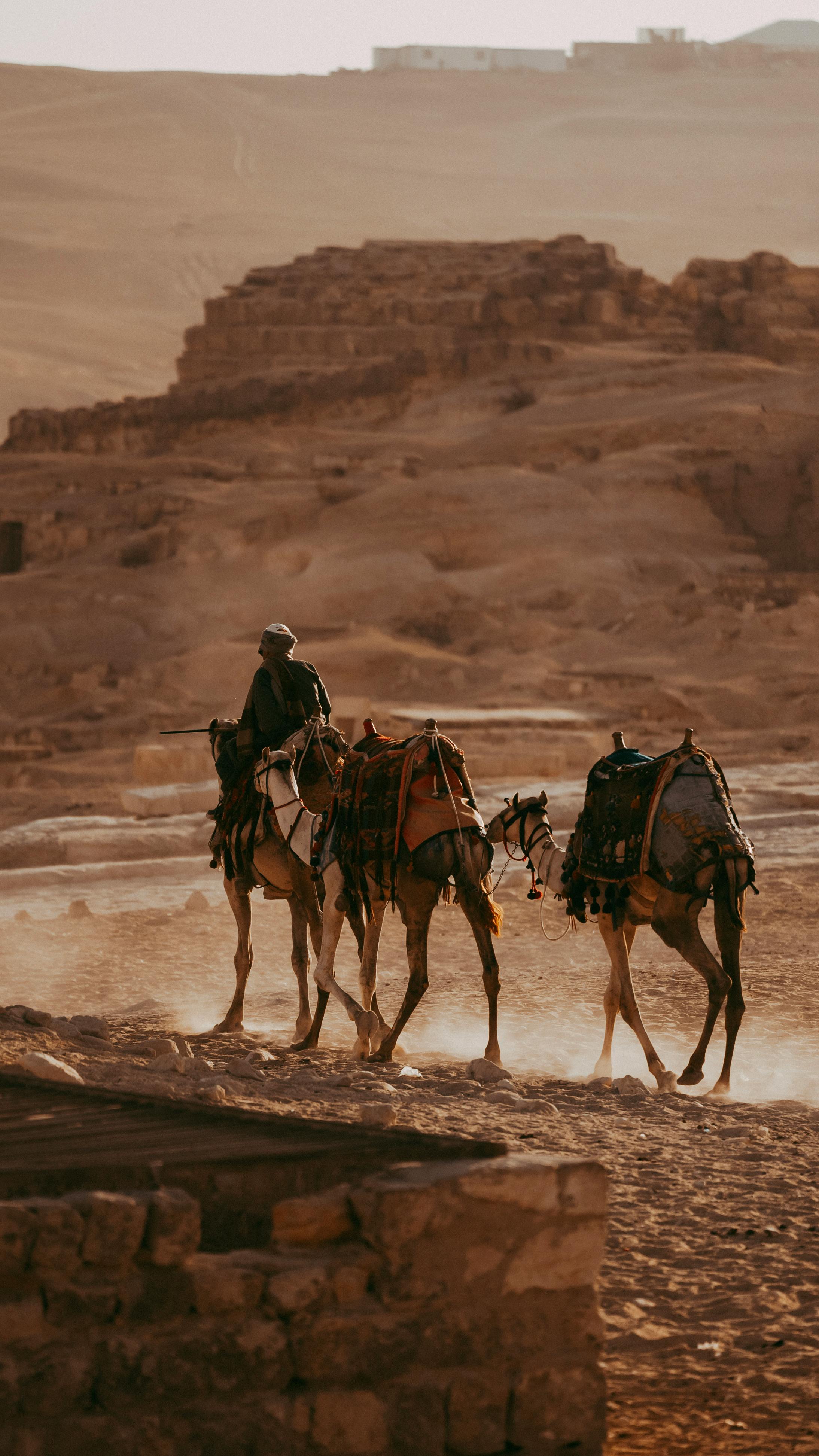

Leave a comment
This site is protected by hCaptcha and the hCaptcha Privacy Policy and Terms of Service apply.